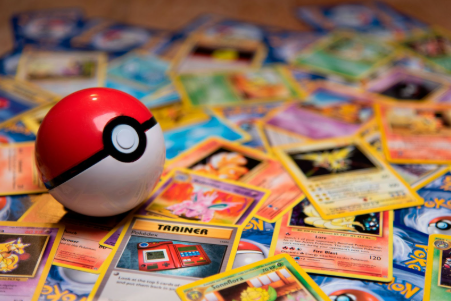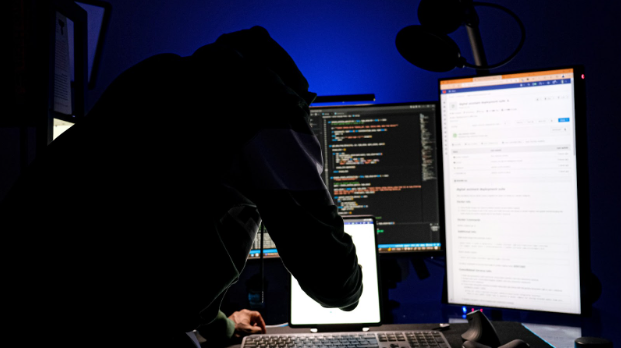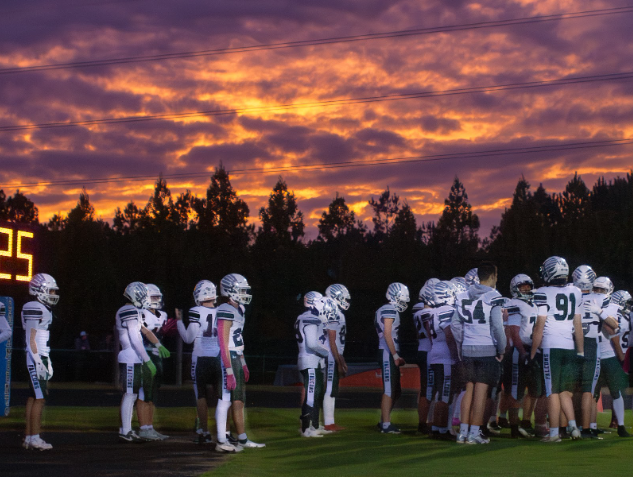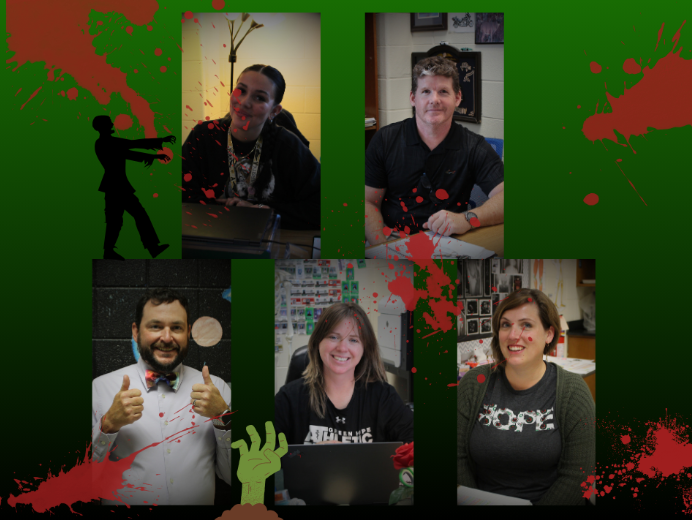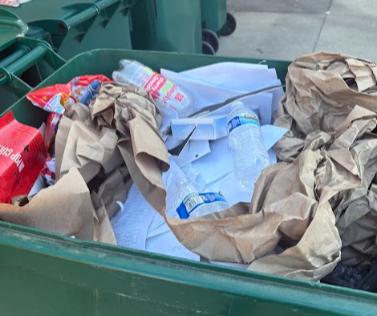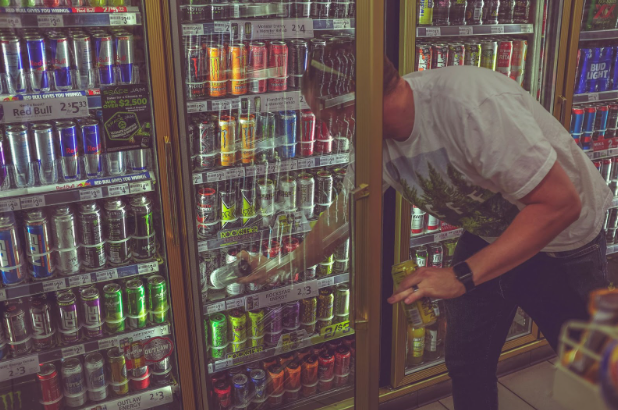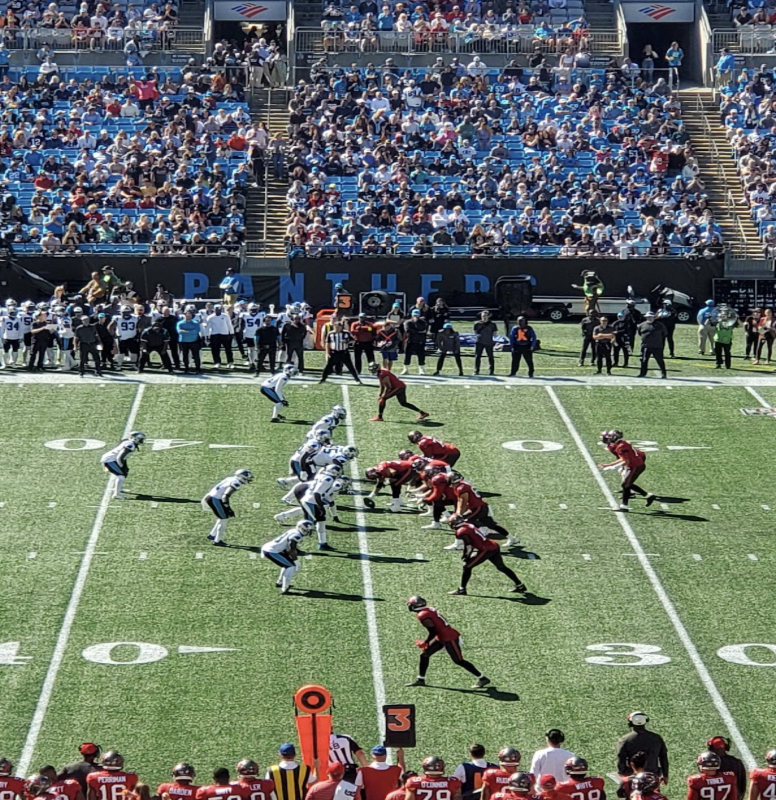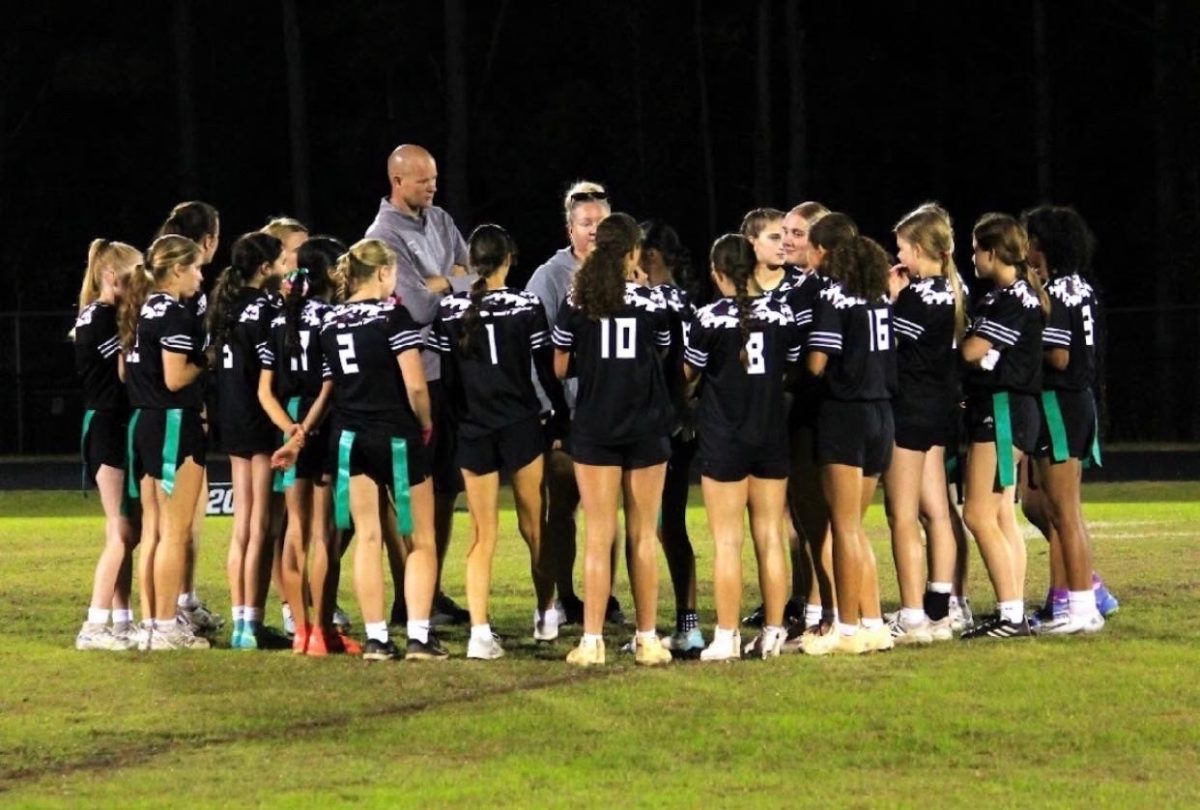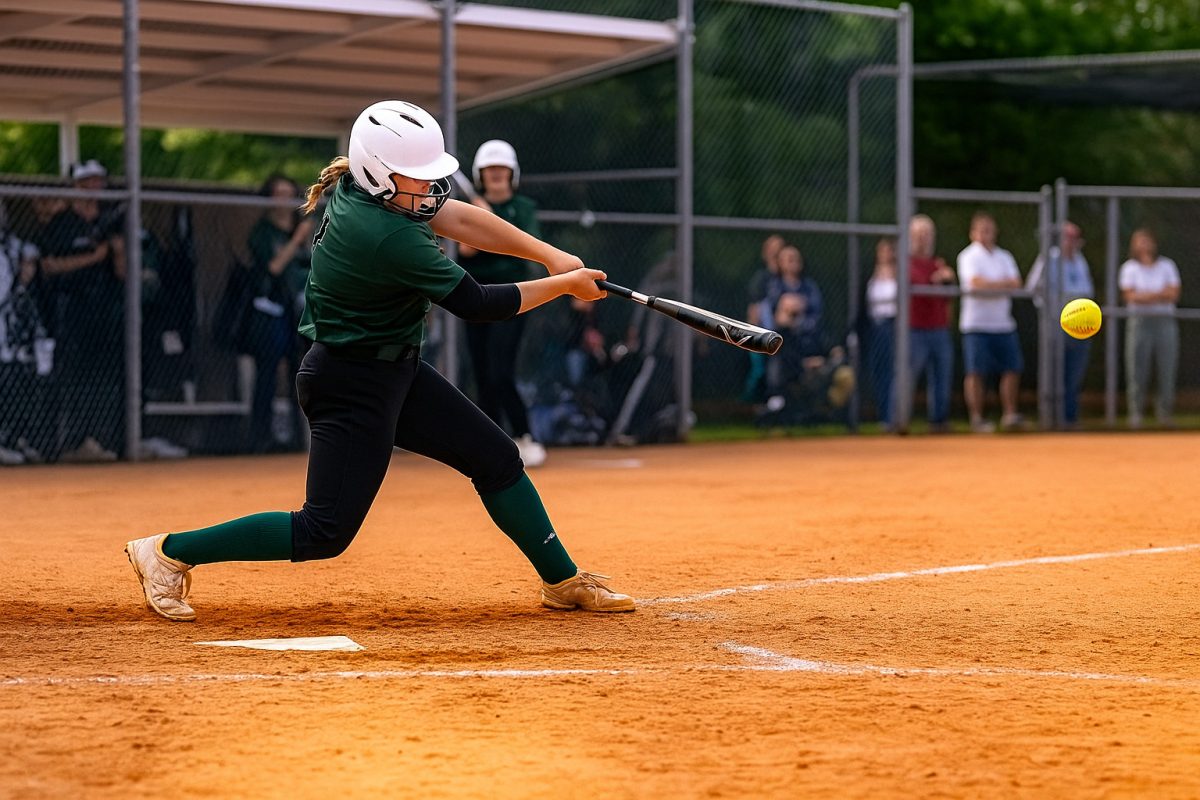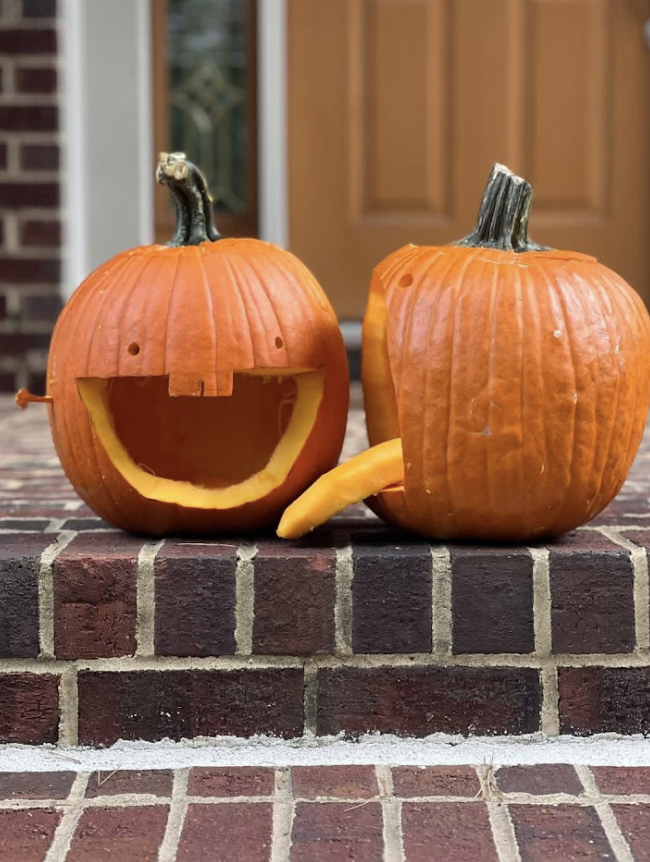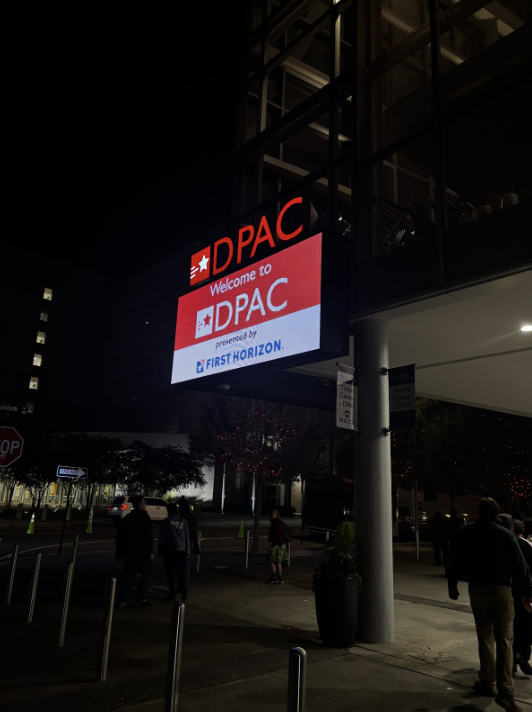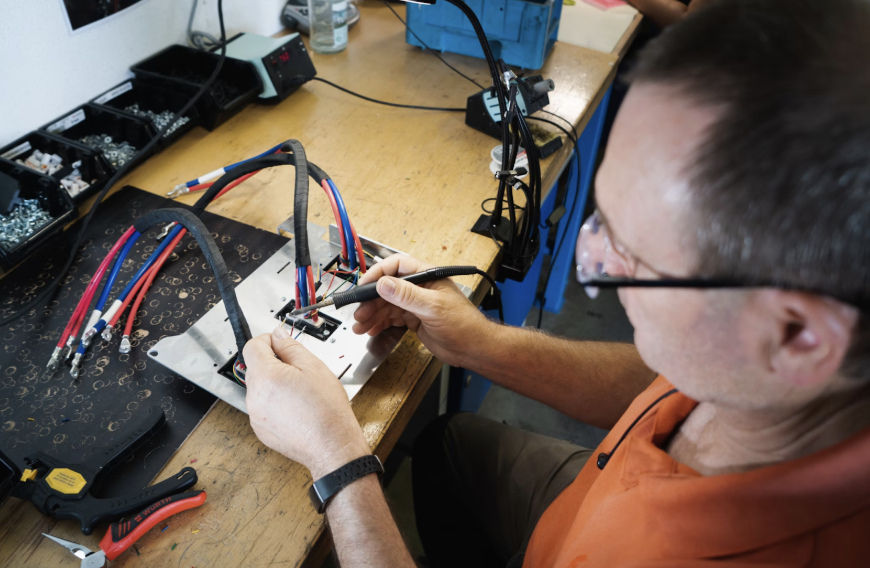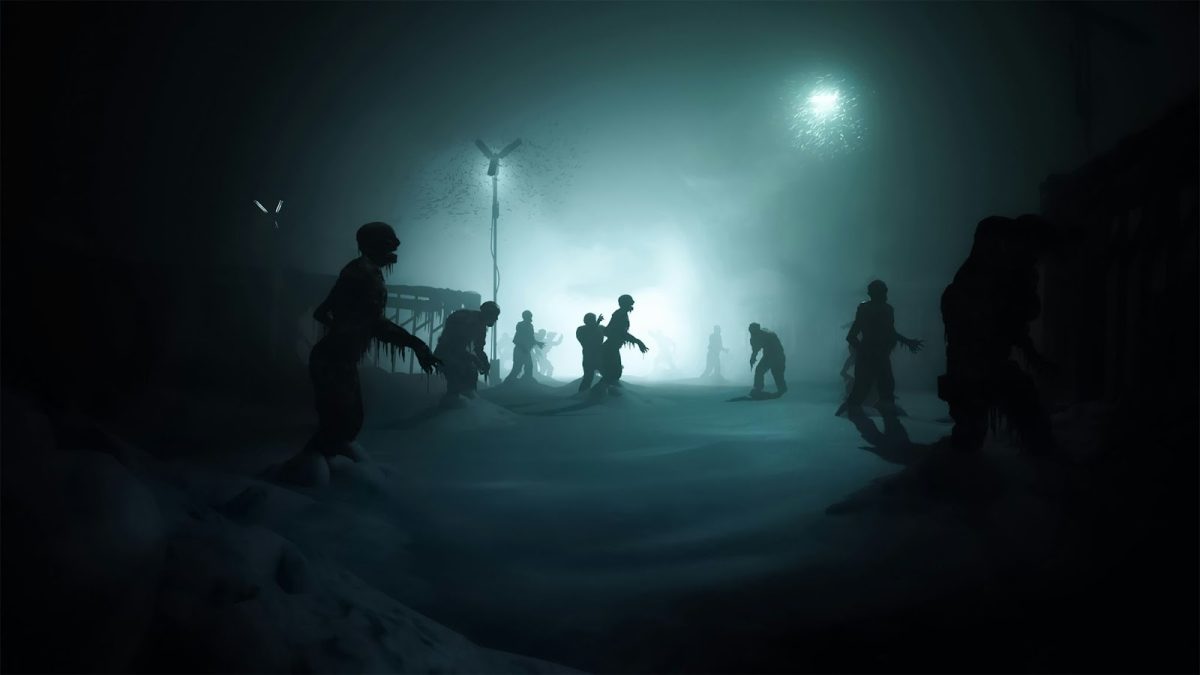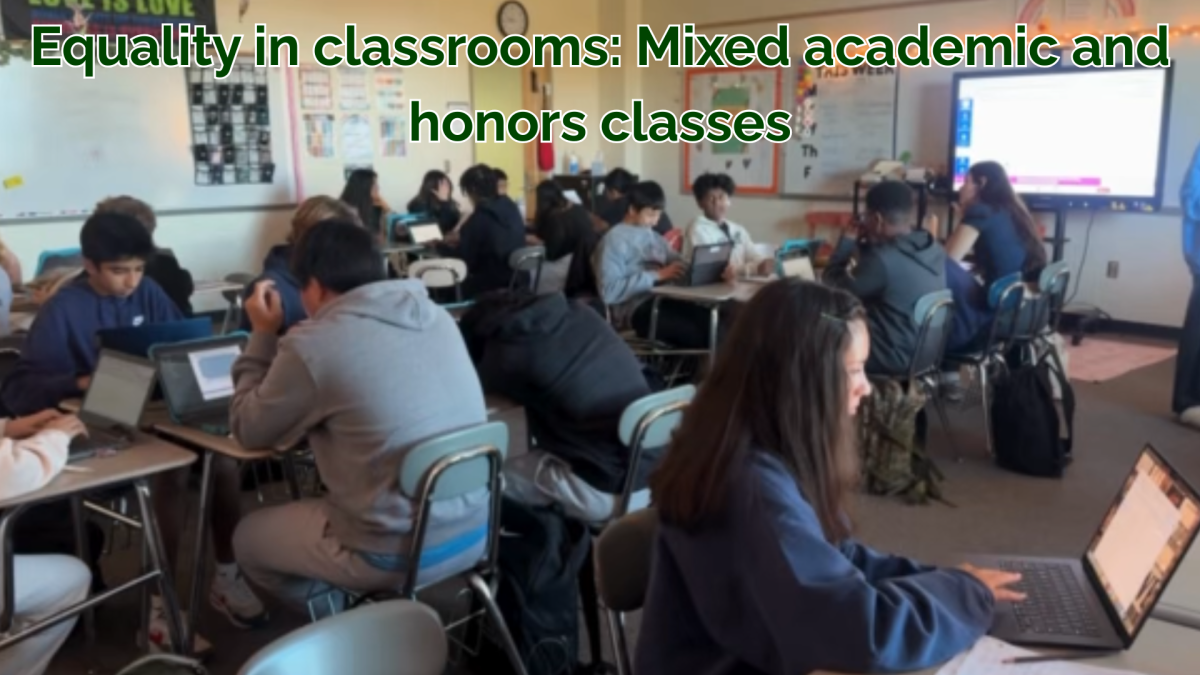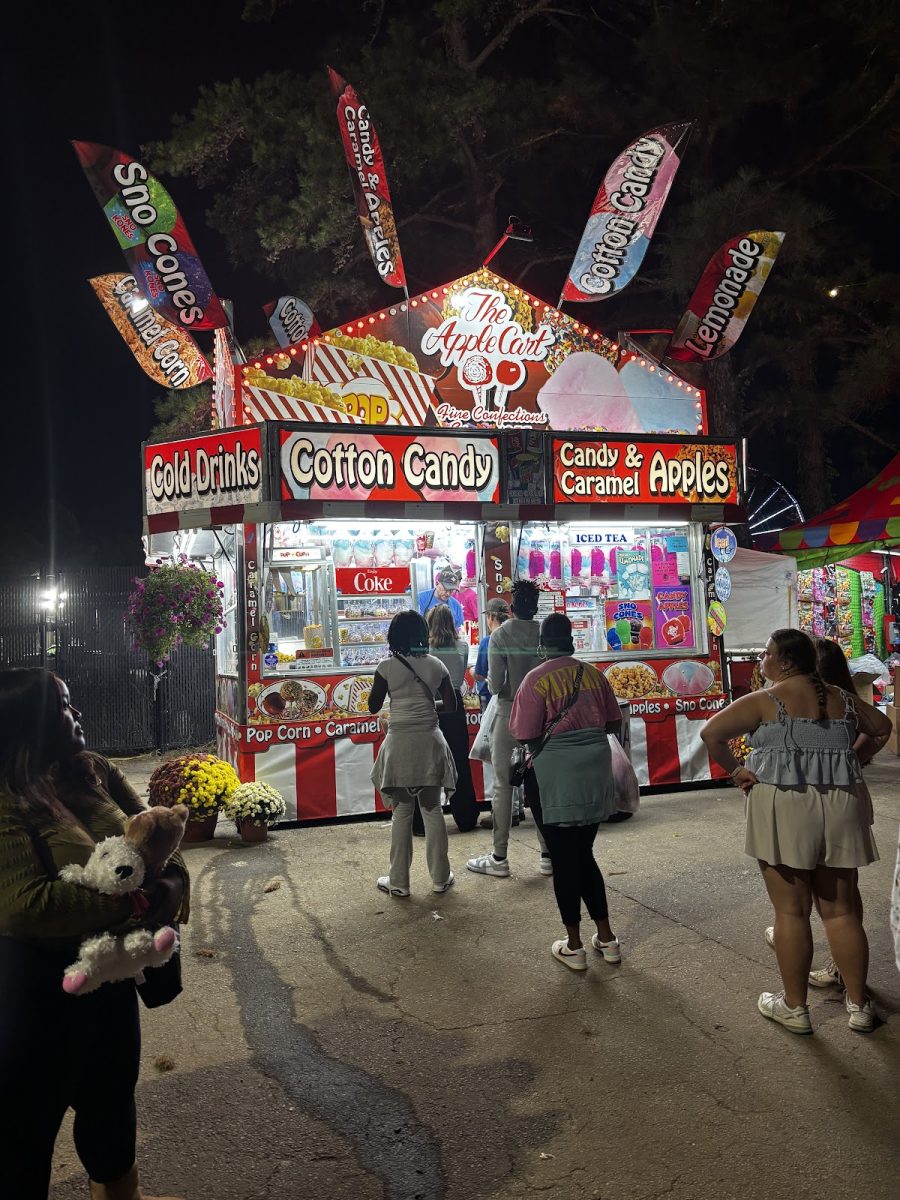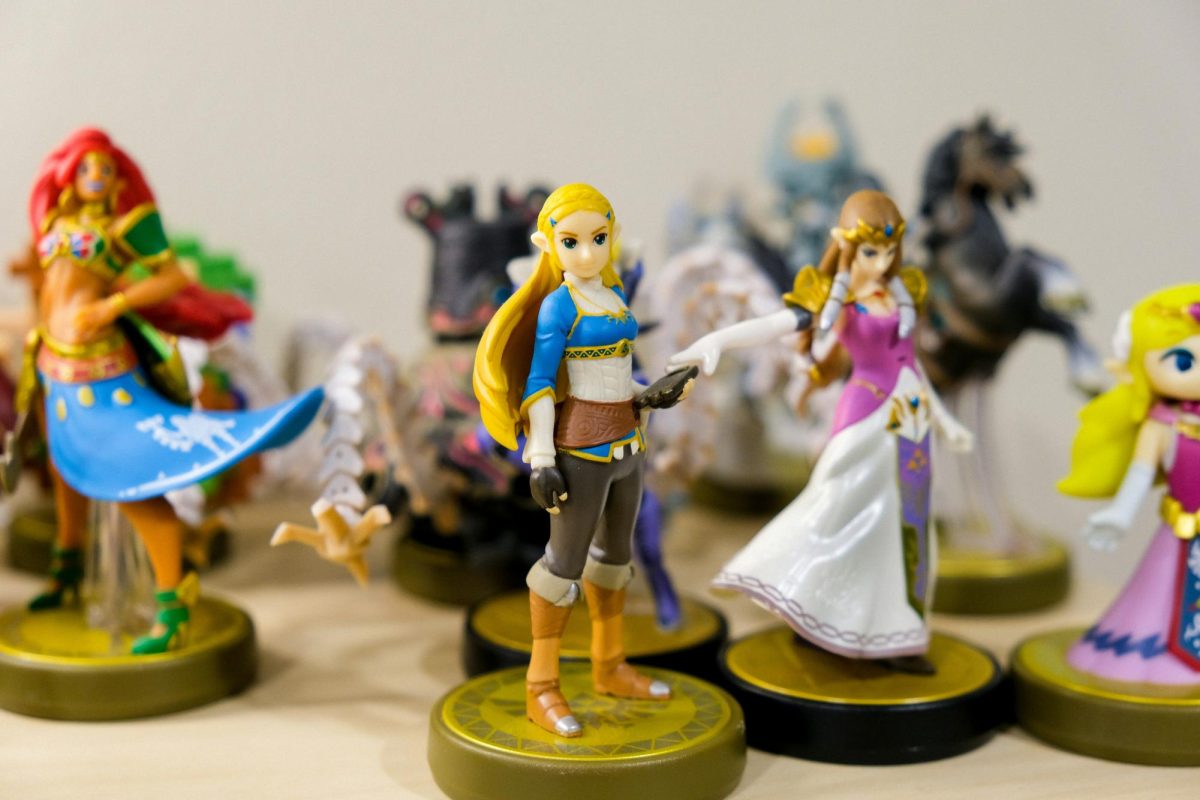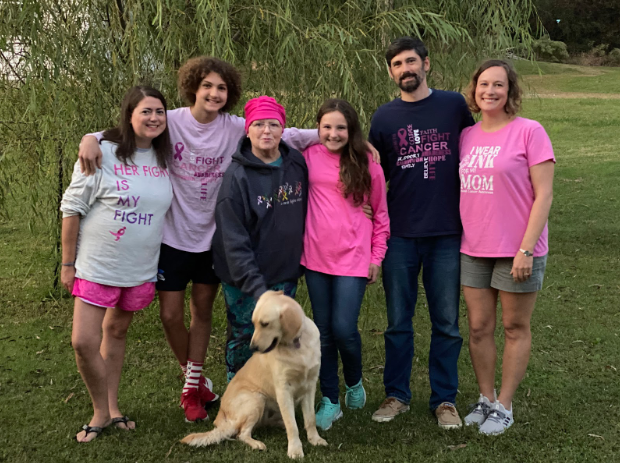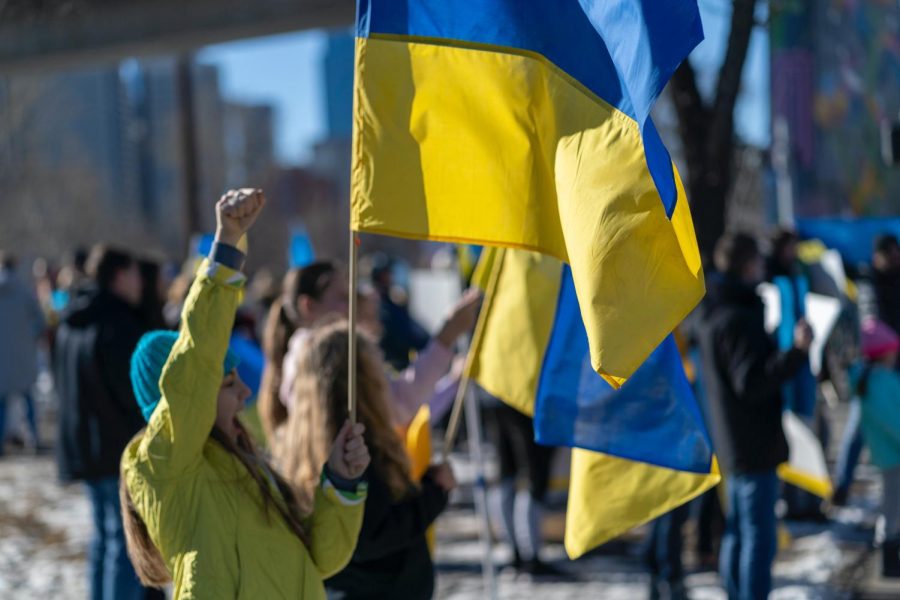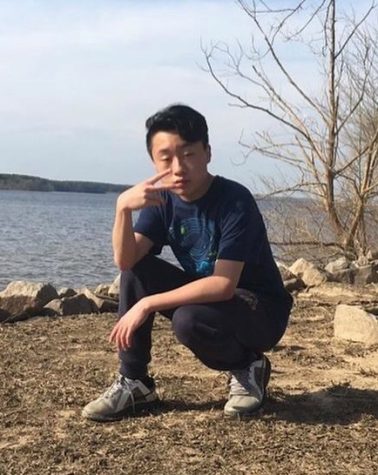Russia’s Invasion of Ukraine Creates Instability in Europe
Russia’s Act of Aggression brings Questions and Only a few Answers
Photo by Ahmed Zalabany on Unsplash
Protests all over the world demonstrate solidarity with Ukraine and its citizens
March 17, 2022
The recent invasion of Ukraine by Russia creates a challenge for The North Atlantic Treaty Organization (NATO). Because Ukraine is not a member of NATO, the United States and it’s allies can offer limited solutions.
Background
Russia launched a full-scale invasion of Ukraine on February 24th with the goal of taking control of the country. Since then, both sides have suffered greatly. According to CNBC, this war has killed at least 549 Ukrainian civilians and up to 4,000 Russian soldiers. This crisis is the result of years of tension between Russia and NATO (The North Atlantic Treaty Organization). After the Soviet Union collapsed in 1991, NATO expanded eastwards, convincing eastern European countries Latvia, Estonia, and Lithuania to join its alliances. Because NATO represents western ideals and holds democratic values, Russia hasn’t been fond of NATO moving closer to its border.
In 2008, NATO announced that it wants to incorporate Russia’s neighbor Ukraine, which made Russia more aggressive towards Ukraine. Russian President Putin argued that Ukraine and Russia share the same culture, and that Ukraine should stay independent from NATO. After building its military for decades, hearing rumors about the U.S. planting missiles in Ukraine, and having several failed negotiations with NATO, Russia decided to take matters into their own hands and make an effort to seize Ukraine.
Green Hope Responses
GHHS AP European History teacher David Corsbie described the feeling of hearing the news about the invasion for the first time as nervous and anxious. When asked how he thinks that the conflict could be solved, he said, “Ideally, I feel like it could end if Putin recognizes Ukraine’s sovereignty. However, because of Putin’s persistence in conquering Ukraine, countries need to isolate Russia and cause its citizens to revolt against their government.”
Mr. Kevin Hrehor, who teaches AP Comparative Government, expressed that he felt scared and sad for the people of Ukraine when he heard that the invasion had begun. However, it seems like what the U.S. is doing has given him a glimpse of hope. When asked about U.S.’s involvement in the conflict, Mr. Hrehor expressed that he supports what action the U.S. is taking. “I like the fact that the U.S. is trying to bring an end to the conflict through sanctions and an international coalition of allies,” said Mr. Hrehor.
Student Henry Kuhl said that the invasion came off as a surprise because he never thought that there would be a major conflict in our lifetime. When asked about what he would say if he was sitting across from the involved leaders, Henry Kuhl said, “I would tell the Ukrainian president (Volodymyr Zelenskyy) to stay strong and keep going.”
Protests Turn Violent
People involved in the conflict have provided their takes on the war. Michael Baranowski, the director of the German Marshall Fund’s Warsaw office, told CNBC that the future isn’t looking bright. “We are in for a very long fight, this is not going to be short, this is not only going to be about Ukraine. … This is probably the biggest challenge that we are seeing in Europe since World War II,” said Michael Baranowski. Scott Boston, a senior defense analyst at the Rand Corp, expressed similar thoughts. According to Baranowski, the war will last for a long time because Russians still have a lot of combat power left. Although Baranowski expressed that the situation is heading in a grim situation for Ukraine, strategist Tim Ash shared contrary thoughts.
Tim Ash doesn’t think Russia can seize Ukraine even after Russia engages in a long-lasting conflict. “This is not 1945 where Soviet troops/the NKVD [the Soviet law enforcement agency] did bludgeon civilians into submission, but 2022,” said Tim Ash, “Ukrainians will resist long and hard even if the formal military battles end,” Ash continued.
Both sides have suffered significantly because of this act of aggression by the Russian government. While the U.S. and NATO are doing what they can to help Ukraine, it has yet to be determined if their actions are enough to stop the war.

